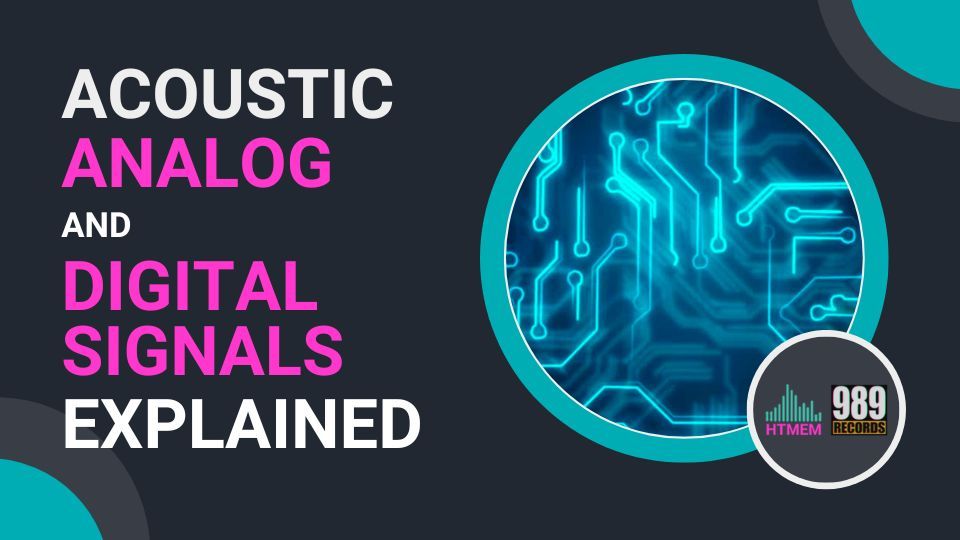Key Takeaways
Table of Contents
Unveiling Bit Depth in Digital Audio
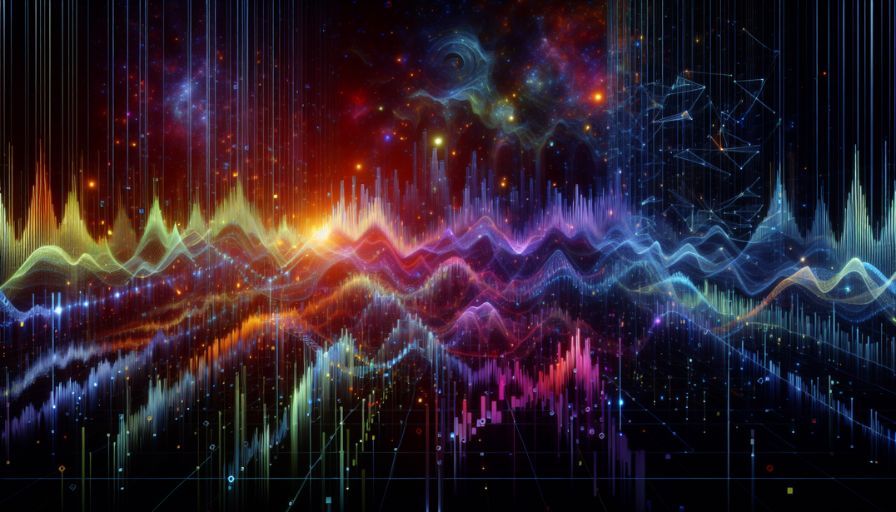
The Essence of Bits in Sound Reproduction and Sound Quality

Bit Depth Determines Dynamic Range


Bit Depth and the Digital Noise Floor
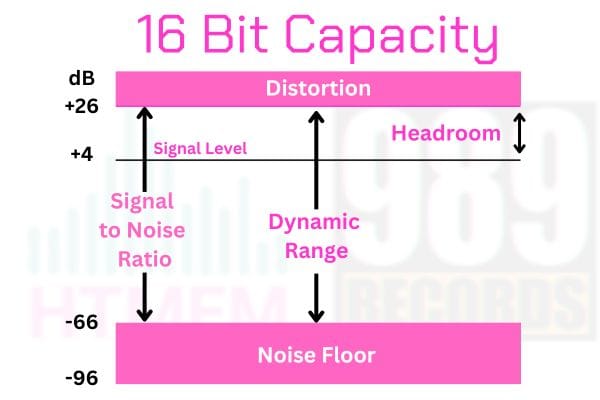
Bit Depth's Impact on Audio File Size and Quality

Balancing File Size with Sound Fidelity

High Bit Depths in Professional Recording Equipment
The Human Ear and Bit Depth Perception
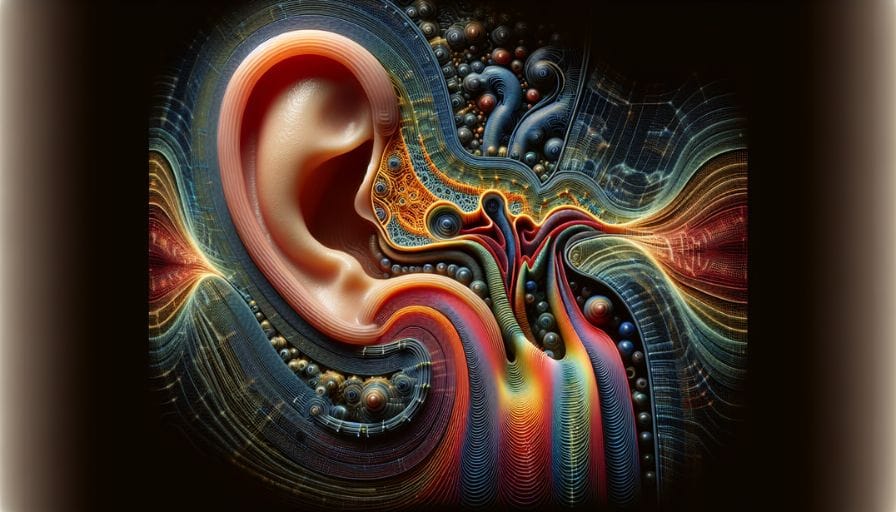
Can We Hear Frequencies Affected by Bit Depth?
Is Higher Audio Bit Depth Always Noticeable?
Quantization Error and Its Effect on Audio Signals

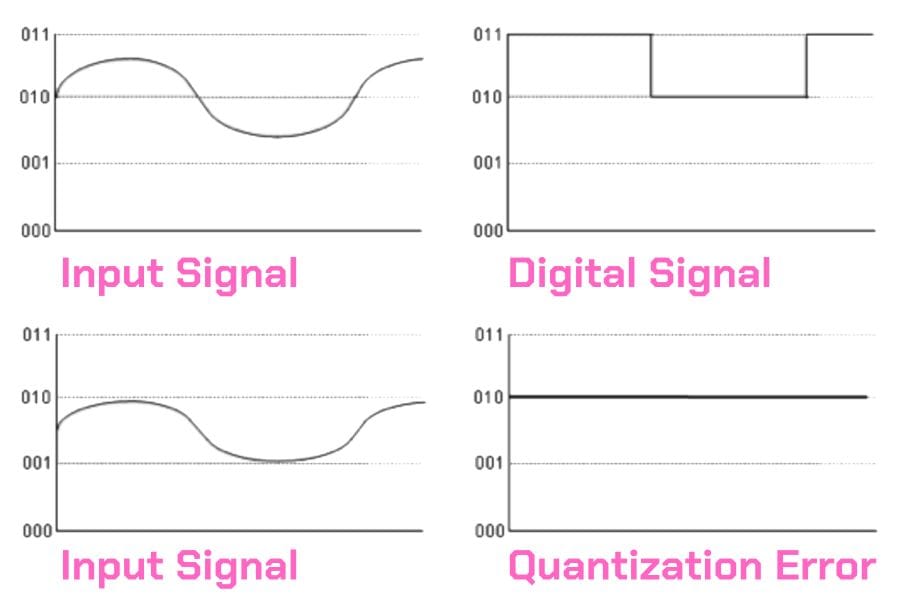
Understanding the Error Signal in Digital Systems

Dithering - Mitigating Quantization Noise through Technology
Bit Depth Considerations Across Different Digital Realms

Choosing the Right Bit Depth for Your Needs
Bit Depth in the Age of Streaming
Summary
Frequently Asked Questions
Is 16-bit or 24-bit audio better?
What is a good bit depth?
What does 32-bit depth mean?
What is bit depth 8 vs 12?
How does bit depth affect file size and quality?
About the Author
Max Porcelli
Steinberg Certified Trainer, DJ, and Producer with 29 years of experience. He owns 989 Records, an Electronic Music Label based in Italy. Every Saturday he hosts an exciting Radio Show called 989 Records Radio Show on air on Patchouli Deep Radio, London.
Write your awesome label here.

